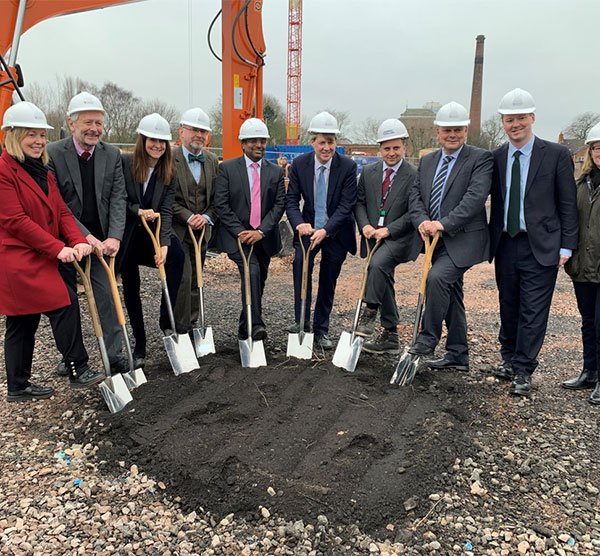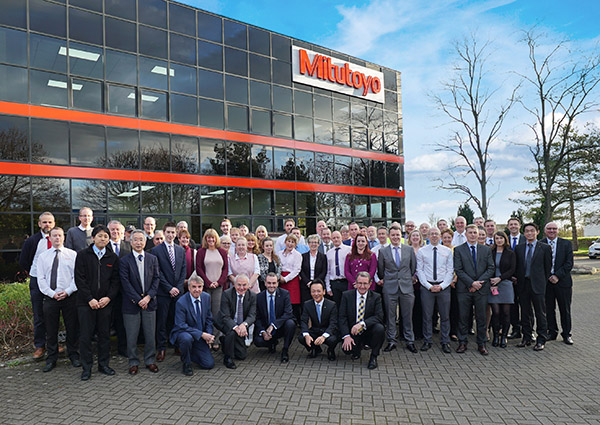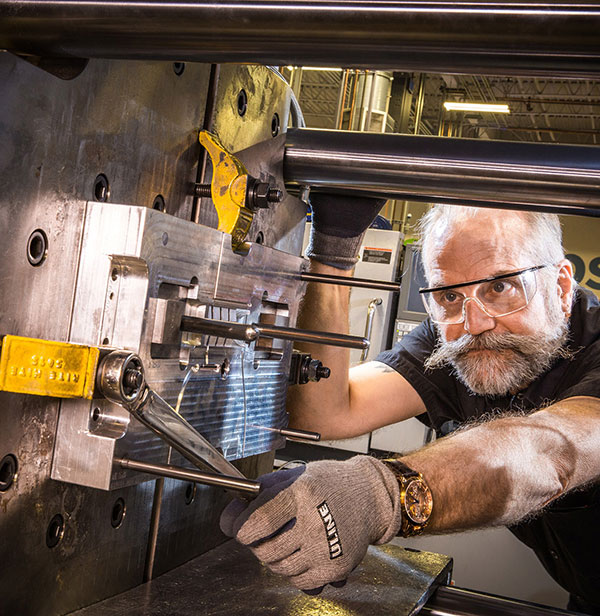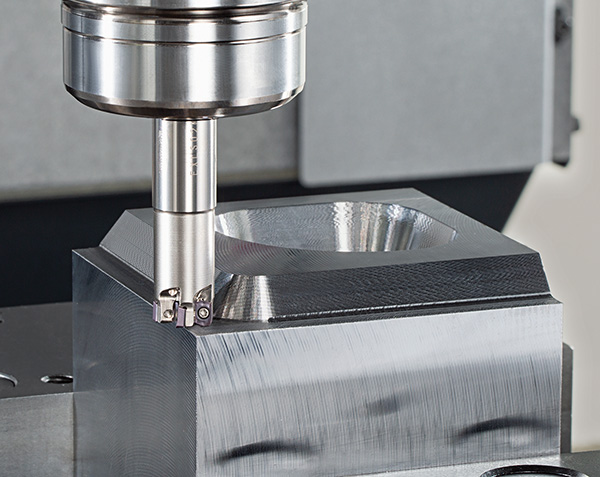Leicester has taken its first steps into the future of the space industry as work began at the £100m Space Park Leicester with a ground-breaking ceremony attended by the Rt Hon Chris Skidmore MP.

Opening in 2021, Space Park Leicester will create a regional cluster in the UK, integrating industry with academia. This landmark initiative is being developed by the University of Leicester in collaboration with partners including Leicester City Council and the Leicester and Leicestershire Enterprise Partnership (LLEP).
The LLEP has allocated £8.175m from its Local Growth Fund to support the development of phase one at Space Park Leicester – part of the Loughborough and Leicester Science and Innovation Enterprise Zone. Planning permission for the second phase of the development was granted in January, and will focus on research into AI and robot-assisted satellite production.
For further information https://le.ac.uk/spacepark























